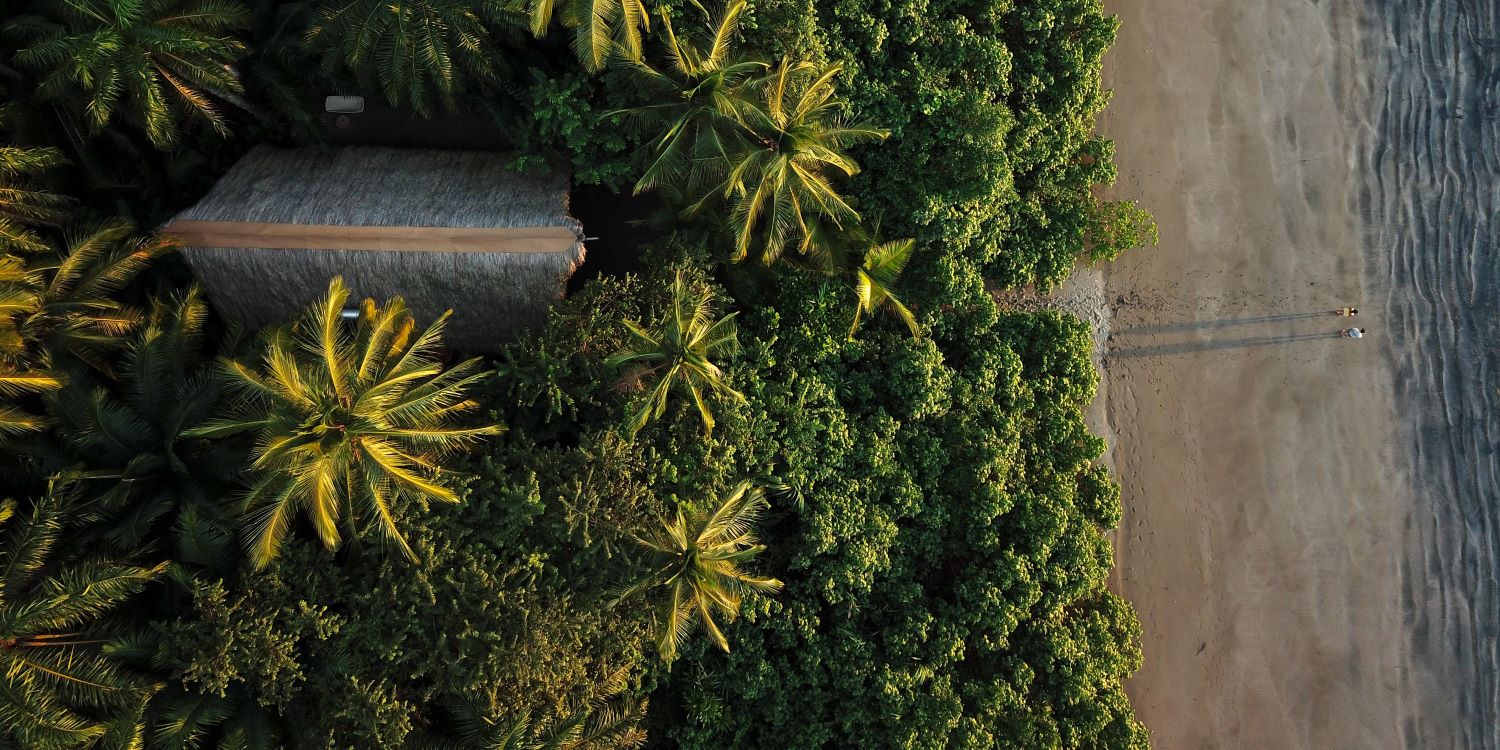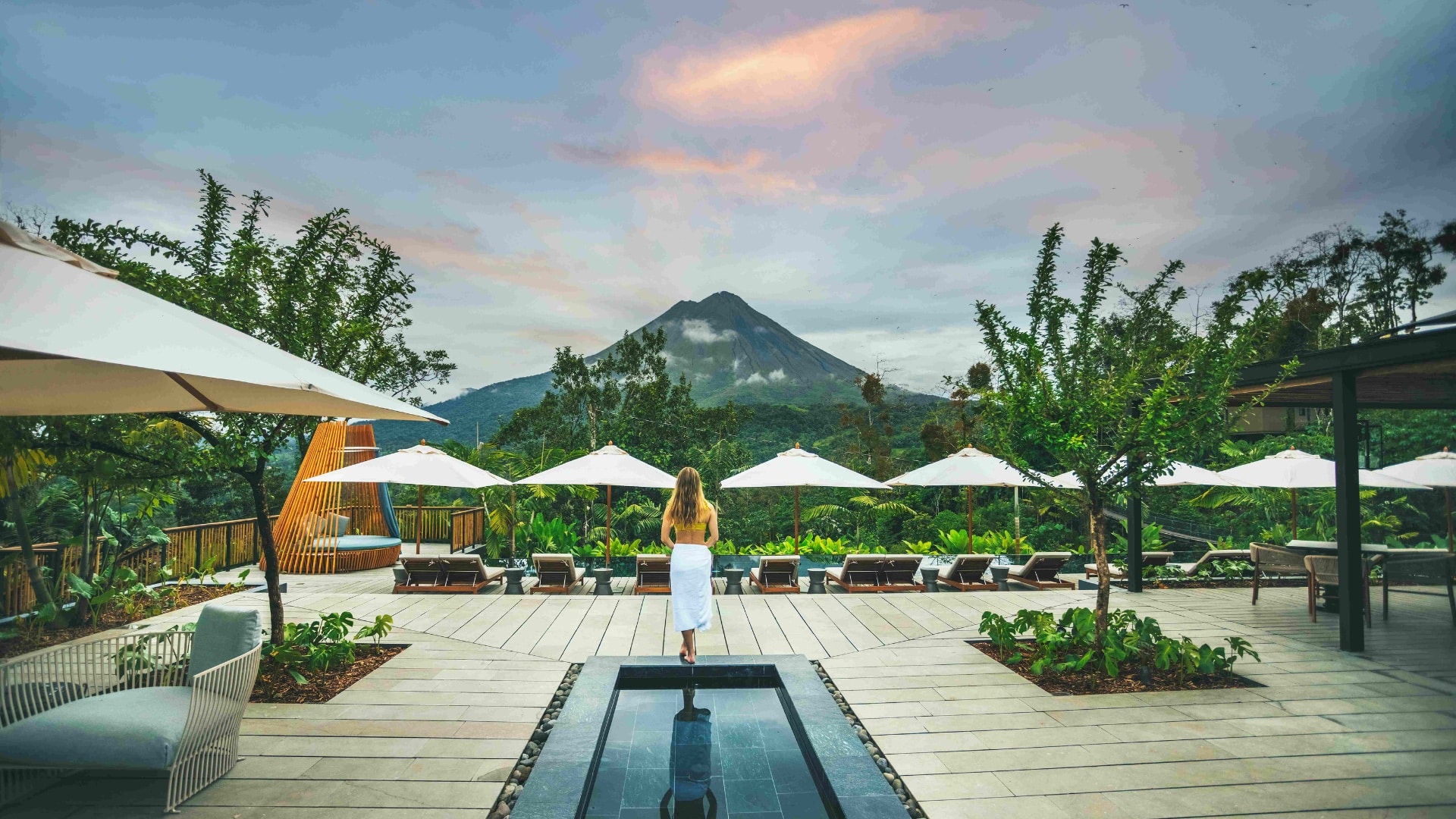One of Costa Rica’s most beloved seaside visitors is the sea turtle. And you could say that sea turtles love Costa Rica right back. Year after year, they return to the same Costa Rica beaches to lay their eggs. One of the most spectacular displays of this is the arribada, or the annual arrival of hundreds of thousands of sea turtles to lay their eggs under the new moon. If you’re one for wildlife, you shouldn’t miss this natural spectacle. Read on to discover more about Costa Rica sea turtles, the top places for nesting, and when to visit.
Sea Turtle Species in Costa Rica
Before we dive too deep into destinations, let’s talk turtles. Costa Rica has four species of sea turtles that visit the Pacific and Caribbean Coasts at various times of year: olive ridley, leatherback, green, and hawksbill sea turtles. The olive ridley sea turtle is known for its mass annual nesting migrations called arribadas. The arribadas are hard to predict so it can be difficult to book tours in advance. However, if you’re visiting during nesting season, it’s worth checking with your hotel if an arribada is taking place. The remaining three sea turtles found in Costa Rica are endangered. The green sea turtle is primarily found in Tortuguero National Park, the largest nesting site for green sea turtles in the Western Hemisphere. The leatherback sea turtle is the largest sea turtle in the world weighing over 1,200 lbs. and averaging almost 8 ft. in length. The last and in this case the least (frequently seen) is the hawksbill sea turtle. Due to declining numbers and solitary nesting habits, an encounter with a hawksbill sea turtle is a lucky one.
A Note on Sea Turtle Nesting Conservation:
Most turtle nesting sites in Costa Rica require visits through authorized access points with a guide to protect the turtles and this important natural phenomenon. If you choose to visit a turtle nesting site, please follow your guide’s instructions and keep interaction to a minimum.
Tortuguero National Park, Northern Caribbean Coast
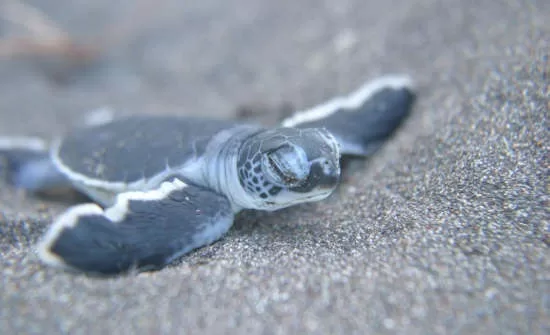
Perhaps one of the most popular destinations for viewing turtles in Costa Rica is Tortuguero or the “Region of Turtles” on the North Caribbean Coast. Tortuguero is an intricate maze of jungle canals and wild beaches where green turtles, leatherback, hawksbill, and loggerhead sea turtles come to nest. Tortuguero Beach is the largest nesting site for the endangered green sea turtles in the Western Hemisphere.
When to visit for green turtles: July – mid-October (peak: August – September)
When to visit for leatherback sea turtles: February – June (peak: March – April)
Ostional Wildlife Refuge, Nicoya Peninsula
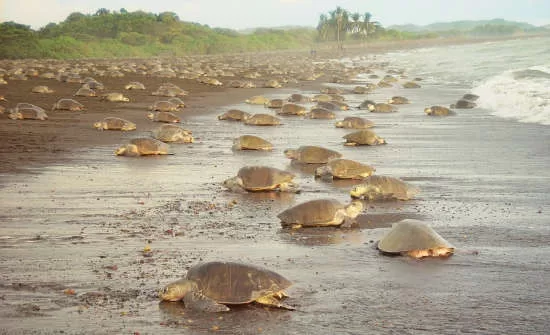
Ostional Wildlife Refuge is a protected turtle nesting refuge located north of Nosara on the Nicoya Peninsula. The main attraction within the refuge is Ostional Beach, the largest of two locations in Costa Rica where the annual arribada, or the arrival of olive ridley sea turtles takes place. This unique phenomenon only occurs in nine locations around the world! Turtle nesting on Ostional Beach occurs year-round but hits a peak in the rainy season. On a dark night about a week before the new moon, hundreds of thousands of olive ridley sea turtles come to shore to lay their eggs. Night tours are available with a naturalist guide during the arribada. The hatchlings surface at night within 45 to 54 days of nesting depending on incubation temperatures. Watch in wonder as these baby sea turtles clamber toward the sea, avoiding predators like dogs and vultures.
When to visit for the olive ridley arribadas: September – October; fewer numbers occur January – June
Las Baulas National Marine Park, Guanacaste
Las Baulas National Marine Park is named for the leatherback sea turtles, las baulas, that can be found there. Located just north of Tamarindo Beach within Las Baulas National Marine Park, Grande Beach is a prime nesting site for the endangered leatherback turtle, the world’s largest sea turtle. In fact, it is the second largest nesting location in the world. Therefore, the beach is carefully regulated to protect this important nesting site. Guided tours are available at night with a guide, but cannot be made more than eight days in advance.
When to visit for leatherback sea turtles: October – mid-February
Santa Rosa National Park, Guanacaste
Located in the Guanacaste region, Santa Rosa National Park has two main sea turtle nesting beaches: Nancite and Naranjo. Nancite Beach is one of two sites in Costa Rica where the mass annual arribadas of olive ridley sea turtles take place. In early October, thousands of olive ridleys come to shore to nest in the thousands. Nancite Beach is remote. It will require some hiking to get to, and permission from the ranger station.
When to visit for olive ridley arribadas: September – October; fewer numbers occur January – June
Hermosa Beach, Central Pacific
One of the lesser-known destinations for sea turtle nesting in Costa Rica is Hermosa Beach. The fine black sand of Hermosa Beach, south of Jaco on the Central Pacific coast, is a popular nesting ground for olive ridley sea turtles. Nesting night tours can be arranged with a naturalist guide. About 45 days after incubation, the baby sea turtles that have survived begin to hatch and make a mad dash toward the ocean to avoid their predators.
When to visit for olive ridley sea turtles: July – December
Gandoca-Manzanillo Wildlife Refuge, Southern Caribbean Coast
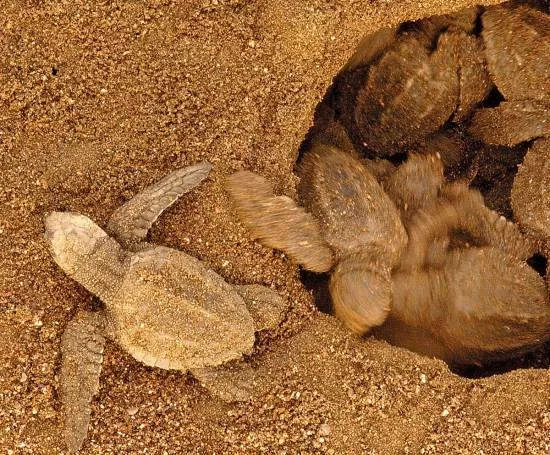
On the Southern Caribbean Coast, four species of sea turtles come to Gandoca Beach within Gandoca-Manzanillo Wildlife Refuge for nesting: green, hawksbill, loggerhead, and leatherback. The most numerous are the leatherback sea turtle.
When to visit: March – July
Osa Peninsula
Four species of sea turtles can be found nesting on the remote southern beaches of the Osa Peninsula throughout the year: the leatherback, hawksbill, green, and olive ridley sea turtles. Visiting from May to January will generally allow guests the opportunity to watch hatchlings make their way out to the ocean and to participate in sea turtle research and protection efforts with the Osa Conservation. The following is a general time frame for viewing each of the four sea turtle species that can be seen nesting on the Osa Peninsula:
- Leatherback Sea Turtles: March – September
- Hawksbill Sea Turtles: July – October
- Green Sea Turtles: July – October
- Olive Ridley Sea Turtles: June – December



